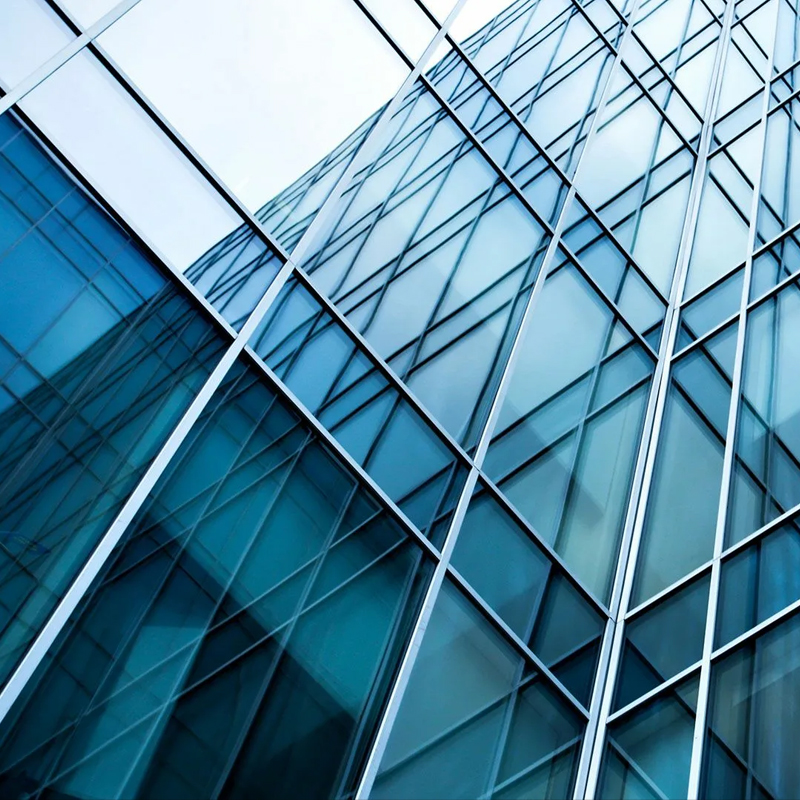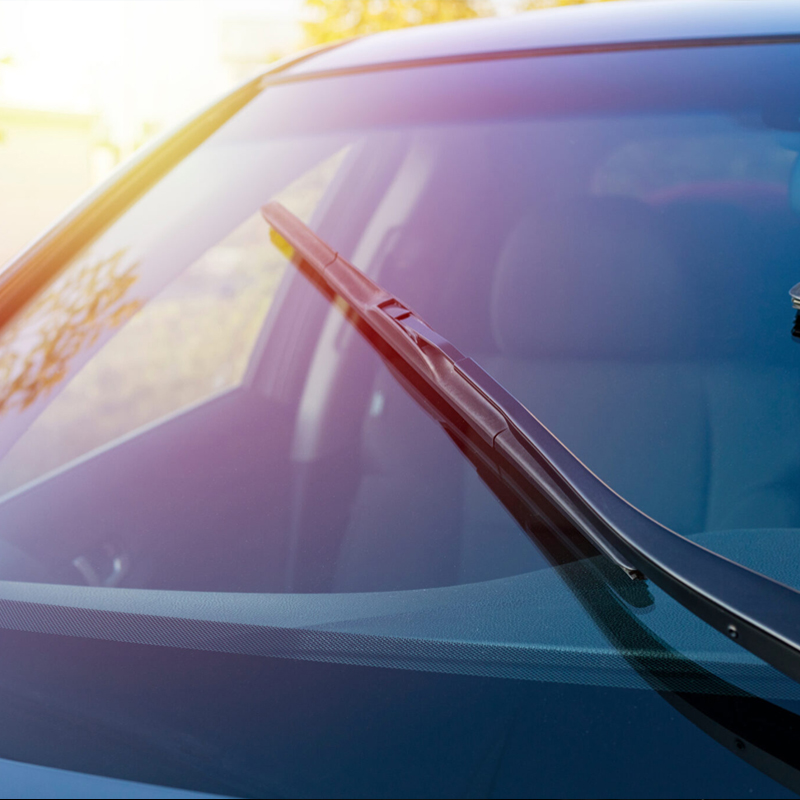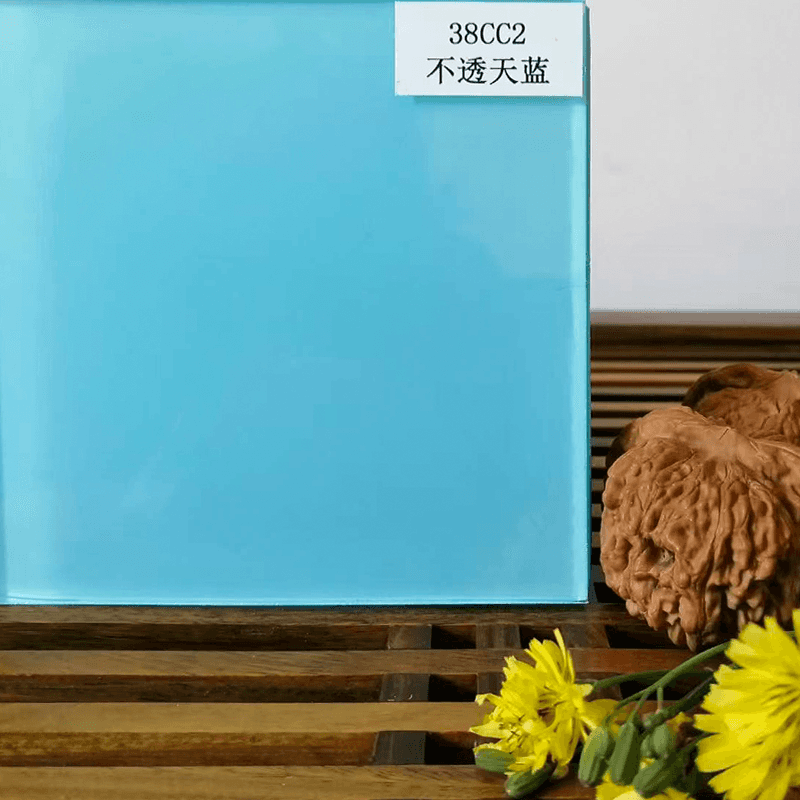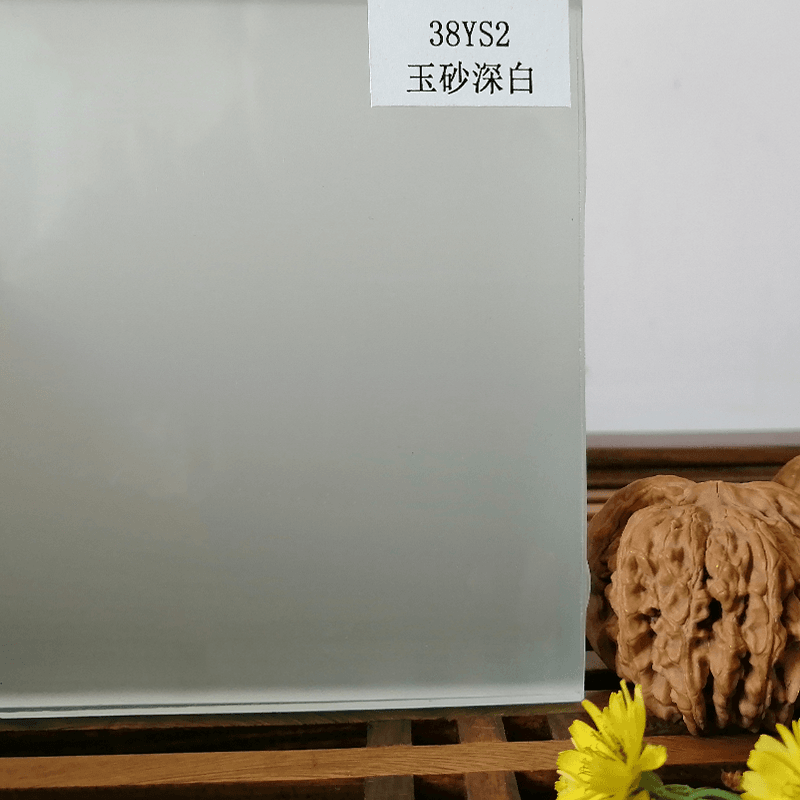language
In modern buildings, laminated glass is widely used in curtain walls, doors and windows, skylights and other parts due to its excellent safety, sound insulation and decorative properties. In the manufacturing process of laminated glass, EVA film as a new high-performance intermediate bonding material is gradually gaining favor in the market. Especially in terms of anti-ultraviolet aging performance, EVA film shows many advantages over traditional PVB film.
So, what are the unique anti-aging advantages of EVA film in the face of long-term ultraviolet radiation?
First of all, the excellent anti-ultraviolet penetration ability is a highlight of EVA film. EVA material itself has good light stability, and it can be made stronger to block ultraviolet rays by adding ultraviolet absorbers or stabilizers during the production process. This not only effectively protects the film itself from degradation due to ultraviolet radiation, but also reduces the ultraviolet rays from entering the room through the glass, thereby reducing the risk of fading of indoor furniture, carpets and fabrics.
Secondly, the excellent weather resistance and long-term stability make EVA film more advantageous in outdoor applications. Compared with traditional PVB film, EVA film can still maintain good bonding performance and optical transparency under high temperature, high humidity and strong ultraviolet radiation, and is not easy to yellow or crack. This is especially important for architectural glass exposed to sunlight for a long time, which can significantly extend the service life of laminated glass.
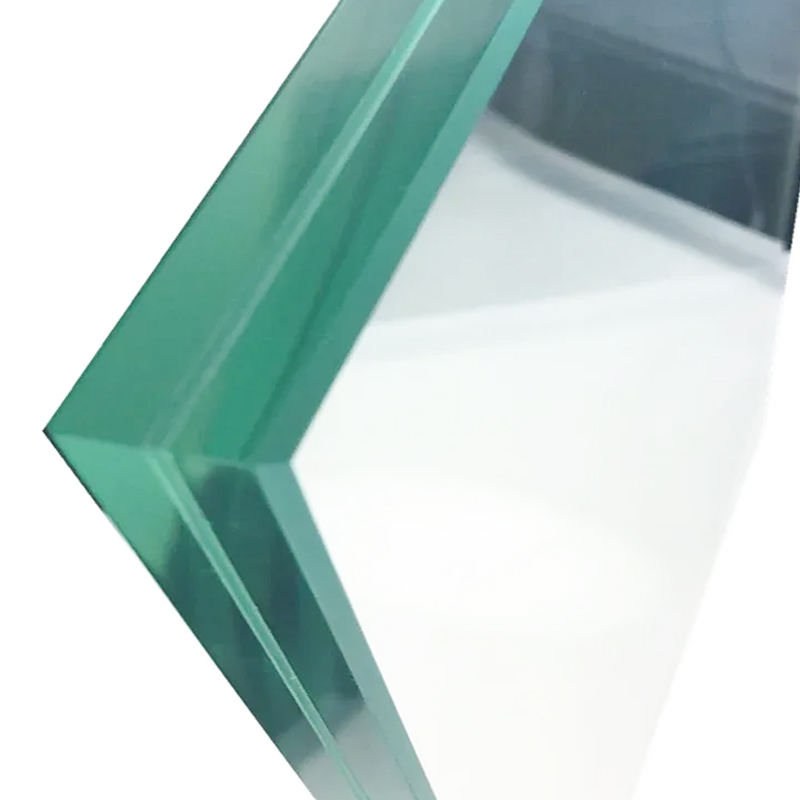
Furthermore, EVA film has a wider processing adaptability, making it more flexible in terms of customization of different thicknesses and colors. For example, by adjusting the formula and adding functional additives, its UV resistance and color stability can be further improved to meet the needs of high-end buildings for both beauty and function.
In addition, EVA film also has good sound insulation performance and heat insulation effect. Combined with its excellent anti-ultraviolet aging properties, it has become an ideal choice of interlayer material in green buildings and energy-saving buildings. Whether in the strong sunlight environment in tropical areas or in the high ultraviolet radiation conditions in plateau areas, EVA film can show stable performance.
Of course, EVA film is not without challenges. For example, the cost is slightly higher than PVB film, and the long-term data accumulation in some extreme environments is still being improved. However, with the advancement of technology and the growth of market demand, these problems are gradually being overcome.
The anti-UV aging advantage of EVA film in architectural laminated glass is obvious. It is not just a simple adhesive material, but also a key link to ensure the safety, beauty and durability of architectural glass. We can't help but ask: In the pursuit of high quality and sustainable development of the building trend, is EVA film really an option that can be ignored? The answer is obviously no.

